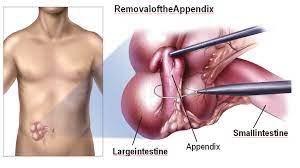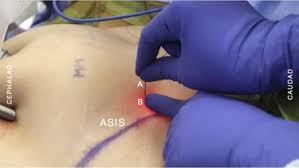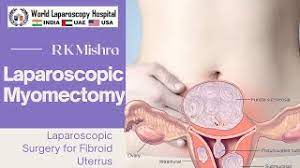Supracervical Hysterectomy in a Patient with severe adhesion
Add to
Share
285 views
Report
2 months ago
Description
Supracervical hysterectomy, also known as subtotal hysterectomy, is a surgical procedure where the uterine body is removed while preserving the cervix. This approach is often preferred in cases where maintaining pelvic support or sexual function is a concern, or when total hysterectomy carries higher risks due to complex pelvic anatomy. However, performing a supracervical hysterectomy in patients with severe adhesions presents unique surgical challenges that require meticulous planning and expertise. Challenges Posed by Severe Adhesions Adhesions are fibrous bands of scar tissue that form between pelvic organs, often as a result of previous surgeries, pelvic infections, endometriosis, or chronic inflammation. In patients with severe adhesions: Visualization of the uterine and surrounding structures is limited. Dissection planes are obliterated, increasing the risk of injury to the bladder, bowel, ureters, and major blood vessels. Operative time and blood loss may be significantly increased. There is a higher likelihood of conversion from minimally invasive to open surgery. Preoperative Considerations Imaging: Preoperative imaging, such as pelvic MRI or ultrasound, can help map adhesions and assess organ involvement. Patient Counseling: Discussing the increased risks, potential for conversion to open surgery, and postoperative recovery is essential. Surgical Planning: Ensuring availability of skilled assistants, advanced laparoscopic instruments, energy devices, and ureteric stents (if needed) improves safety. Surgical Technique Adhesiolysis: Careful, stepwise adhesiolysis is critical. Sharp dissection or energy devices are often used to separate organs while minimizing trauma. Identification of Landmarks: Key anatomical structures—bladder, ureters, and bowel—must be clearly identified before proceeding with uterine removal. Uterine Resection: Once adhesions are cleared and vascular pedicles identified, the uterine body can be excised above the cervix. Hemostasis: Achieving meticulous hemostasis is crucial, as adhesion-related bleeding can be difficult to control. Closure: The cervical stump is typically closed, and any remaining raw surfaces are inspected to prevent postoperative adhesion formation. Advantages of Supracervical Approach in Adhesive Cases Reduced operative time compared to total hysterectomy in extremely adhesive environments. Lower risk of bladder and ureteric injury since dissection around the lower uterine segment and cervix is minimized. Preservation of pelvic floor support, which can help prevent prolapse. Postoperative Care Early mobilization and pain management are essential. Monitoring for complications such as infection, bleeding, or urinary tract injury. Follow-up imaging may be warranted in complex cases. Conclusion Supracervical hysterectomy in patients with severe adhesions is a technically demanding procedure that requires advanced surgical expertise and careful preoperative planning. While adhesions increase operative complexity, a minimally invasive supracervical approach can offer safety, effective symptom relief, and preservation of pelvic function when executed meticulously.
Similar Videos






